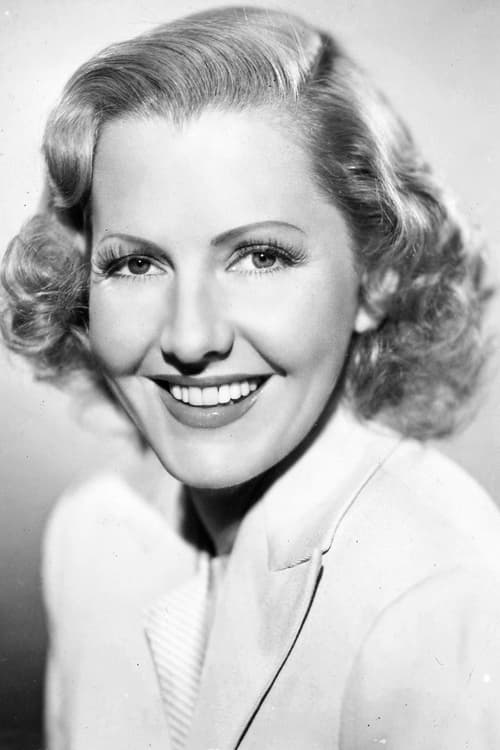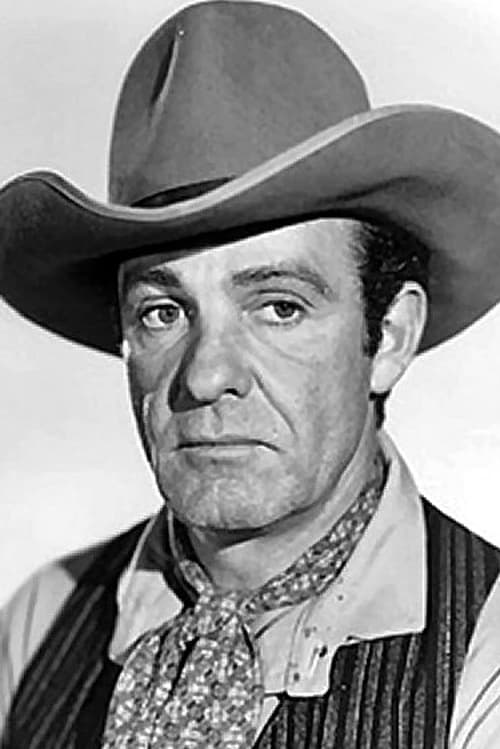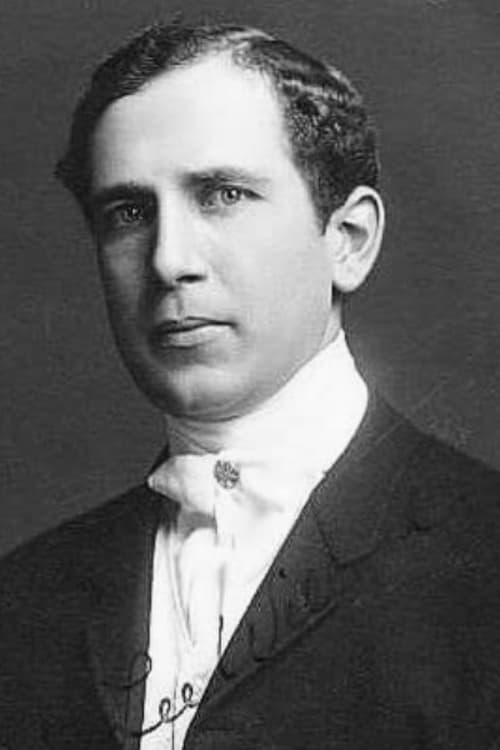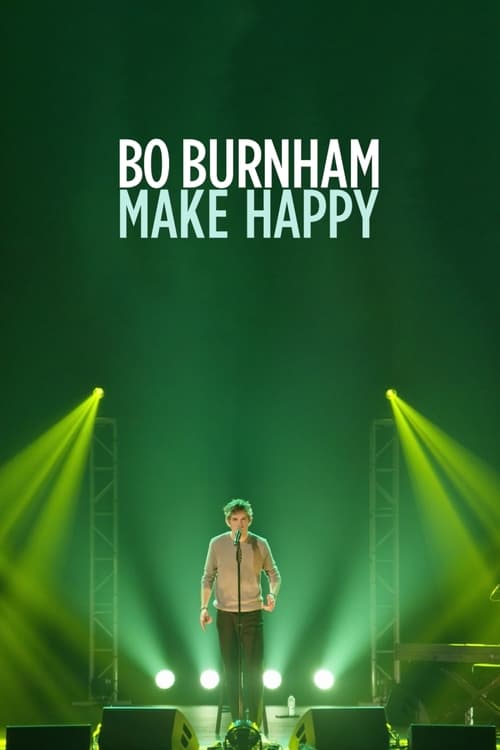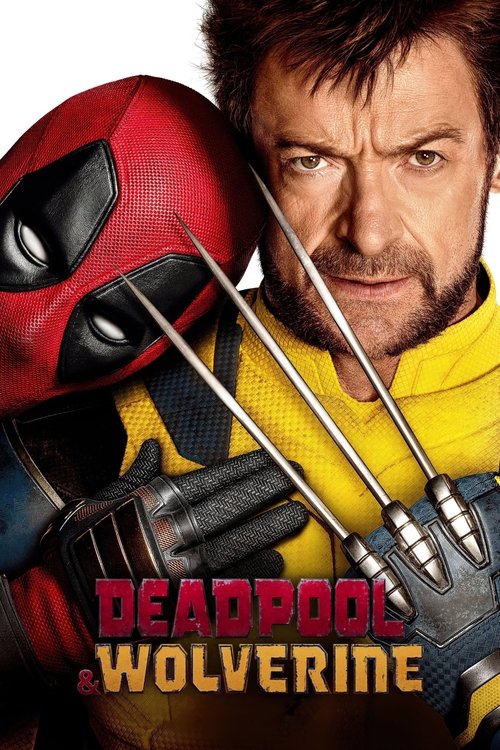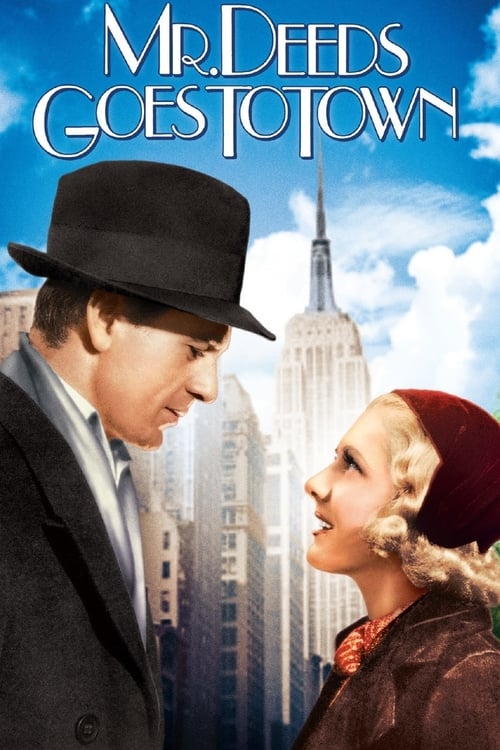
Mr. Deeds Goes to Town
Longfellow Deeds lives in a small town, leading a small town kind of life. When a relative dies and leaves Deeds a fortune, Longfellow moves to the big city where he becomes an instant target for everyone. Deeds outwits them all until Babe Bennett comes along. When small-town boy meets big-city girl anything can, and does, happen.
Dialogues from Movie Mr. Deeds Goes to Town
Quotes from Movie Mr. Deeds Goes to Town
Memorable Scenes from Movie Mr. Deeds Goes to Town
The Inheritance Reveal
In a quiet town, Longfellow Deeds, a kind-hearted but simple man, learns that he has inherited a vast fortune after the death of an uncle he barely knew. The moment is filled with a mix of disbelief and wonder, as Deeds contemplates the responsibility and changes ahead. His humble life is about to be thrust into a chaotic world of wealth and power.
Context: Deeds has lived a modest life, focusing on writing poems and running a pizzeria. This inheritance is a significant shift that threatens to disrupt his peaceful existence.
Deeds Defends the Common Man
During a public meeting, wealthy businessmen ridicule Deeds for his unrefined ways. When pushed to speak, Deeds passionately defends the importance of honest work and the dignity of the average person. His heartfelt words resonate with the crowd, showcasing his authenticity and the warmth in his character.
Context: This confrontation arises from Deeds' awkward attempts to navigate the world of wealth. His defense reinforces his values and highlights the film's divide between rich and poor.
The Picnic Scene
Deeds takes his new staff out for a picnic. The joy and silliness of the day create a contrast to the serious elements of the film. Deeds encourages laughter and camaraderie, reminding everyone that happiness can be found in simple pleasures. The scene is filled with playfulness and camaraderie.
Context: This scene emphasizes Deeds’ down-to-earth personality and his desire to bring people together, showcasing the warmth of his character against the backdrop of wealth and status.
The Newsroom Confrontation
In a surprising twist, Deeds finds himself surrounded by reporters who are relentless in their pursuit of a scoop. He stands firm, revealing the truth about his life and values amidst their aggressive questioning. This moment portrays the harsh reality of celebrity and the media's impact on personal lives.
Context: Deeds’ rise to fame quickly turns sour as he grapples with the invasiveness of the media, challenging his understanding of his own identity and values.
The Moments with Babe
The budding romance between Deeds and Babe takes center stage. Their playful banter and sincere conversations gradually reveal vulnerability and depth in their relationship. The scene is filled with laughter, but it also hints at the deeper emotional stakes involved.
Context: Babe, a reporter assigned to cover Deeds, initially sees him as an oddity. As they grow closer, this connection becomes a significant part of Deeds' development and emotional journey.
Deeds Goes to Court
Deeds faces a legal battle over his inheritance. The tension peaks in the courtroom as he fights for his rights against seemingly insurmountable odds. His emotional speech about integrity and the true meaning of wealth captures the viewers' attention and sympathy.
Context: This courtroom drama showcases the film's central conflict between character and power, pushing Deeds to confront the harsh realities of the world he has entered.
The Confrontation with the Family
Deeds confronts his relatives who are only interested in his wealth. He realizes that they see him as a tool for their gain rather than a person. This bitter realization deeply affects him, showcasing his disillusion with those around him.
Context: This confrontation is a pivotal moment that forces Deeds to examine his relationships and the true nature of those who surround him.
The Final Decision
Towards the end of the film, Deeds must decide whether to return the money or embrace the role of a wealthy businessman. The inner conflict is palpable, and viewers see him wrestling with his true self versus the expectations of others.
Context: This moment represents the climax of Deeds' character arc, as he must choose between staying true to his humble roots or giving in to societal expectations of wealth.
A Moment of Kindness
In a heartfelt moment, Deeds gives away a part of his fortune to help a struggling family in need. This act of kindness captures his essence and serves as a poignant reminder of his values amidst the chaos of wealth.
Context: This scene reinforces the theme of generosity and the importance of caring for others, showcasing Deeds' unwavering nature despite external pressures.
The Break-up Scene
Deeds and Babe confront their relationship’s challenges as the pressures of wealth come crashing down. Their argument reveals deep-seated fears and misunderstandings, resulting in heartbreak for both. It's an emotional apex that encapsulates the personal stakes involved.
Context: This confrontation lays bare the emotional realities of their love, signaling the complexities of human relationships when faced with outside pressures.
Returning to Simplicity
After all the chaos, Deeds goes back to his small town life, helping to run his pizzeria again. The simplicity of his daily routine brings him joy, emphasizing the film’s message that happiness is found in life's simple pleasures.
Context: This return symbolizes Deeds' acceptance of who he is and a re-embrace of his roots, reaffirming the importance of authenticity.
The 'What Is Wealth?' Speech
Deeds gives a moving speech about the true nature of wealth, declaring that it's not measured by money but by how we treat others. This moment resonates deeply, capturing the film's core message with clarity and conviction.
Context: This pivotal speech underscores the central theme of the film, challenging societal norms around wealth and status.
The Emotional Farewell
As multiple characters face their realities, a powerful farewell scene unfolds. Deeds says goodbye to the people who have come to matter to him, expressing love and gratitude. The emotional weight of this moment is felt profoundly by the audience.
Context: This farewell encapsulates the relationships that have been built throughout the film, showcasing growth and connection.
The Love Confession
In a climactic moment, Deeds confesses his love for Babe, revealing his raw emotions and vulnerability. This honesty shatters any remaining barriers between them and invites viewers to witness his transformation.
Context: This confession serves as a crucial turning point in both Deeds' character development and the narrative, illustrating the power of love.
The Farewell to Fame
Deeds bids farewell to his fame and fortune, understanding that the spotlight isn't where he belongs. His exit from the glamorous life marks a significant departure, returning him to his cherished simpler life.
Context: This farewell speaks to the film's exploration of identity and the conflict between personal desires and societal expectations.
Deeds Stands Up for Himself
In a moment of courage, Deeds confronts a powerful adversary who seeks to control him. His stand represents his growth and determination to be true to himself, giving viewers hope and inspiration.
Context: This pivotal confrontation marks Deeds' transition from a passive character to one who takes control of his life.
The Final Act of Kindness
In the closing scene, Deeds uses his wealth to ensure the homeless shelter stays open, creating a lasting positive impact on the community. This act encapsulates his journey and the film's core message.
Context: This final act demonstrates the full circle of Deeds’ character arc and his growth throughout the story.
The Coming Together
In a heartwarming conclusion, characters from different walks of life come together to celebrate Deeds’ newfound wisdom and kindness. The feeling of unity and hope lingers in the air, leaving viewers uplifted.
Context: This gathering symbolizes the film's message of connection and community, reminding viewers of the importance of coming together despite differences.
Download App
Behind the Scenes from Movie Mr. Deeds Goes to Town
Casting Change for Deeds
Originally, the role of Longfellow Deeds was offered to actor Edward Everett Horton, but he turned it down, leading to Gary Cooper being cast.
Why it matters: Gary Cooper's portrayal of Deeds infused the character with a distinct blend of naivety and sincerity, ultimately making the character more relatable and likable, which solidified the film's thematic focus on the conflict between wealth and humility.
Accidental Comedy Moment
During the scene where Deeds throws a pie at the reporter, Cooper accidentally slipped, causing unexpected laughter from the crew that made it into the final cut.
Why it matters: This moment added a layer of spontaneity to the film, showcasing Deeds' erratic charm and the unpredictable nature of life, thus enhancing the humor without a scripted approach.
The Signature Tune
The film features the tune 'Oh, You Beautiful Doll,' which became a significant piece of the soundtrack, though it was not initially planned to be a recurring motif.
Why it matters: This song creates a nostalgic and sentimental atmosphere that enhances Deeds’ character, embedding the romantic element into the film and establishing emotional resonances for the audience.
Innovative Use of Sound
Director Frank Capra wanted to emphasize the emotional state of characters through sound. He utilized overlapping dialogue to create a more realistic and engaging viewing experience.
Why it matters: This approach brought an authentic, conversational tone to the film, making character interactions feel more genuine, thereby deepening the audience's connection to the story.
Capra's Direction Style
Frank Capra's unique style involved heavy collaboration with actors, allowing them to influence their characterizations, evident in Cooper’s relaxed delivery.
Why it matters: This collaborative environment led to more organic performances, contributing to the film’s charm and furthering the overarching theme of sincerity versus cynicism in society.
Location Scouting
Capra insisted on shooting on location in New York City to capture the authentic environment, which was more challenging but added realism.
Why it matters: The actual streets and buildings of New York helped root the film in reality, enhancing its relatability and grounding the fantastical elements of Deeds' wealth and subsequent challenges.
The Role of It Happened One Night
Cooper’s performance in this film was largely compared to his role in 'It Happened One Night,' leading many to see him in a comedic light, which he embraced.
Why it matters: By embracing his comedic timing, Cooper solidified his place in the genre, influencing not just his career but also altering audience expectations around his future roles.
Props That Became Iconic
The oversized checks used in the film were designed specifically for comedic effect, becoming iconic as symbols of wealth.
Why it matters: These props inadvertently highlighted the absurdity of wealth in American culture, serving as a visual representation of Deeds' journey and increasing the film's thematic depth.
Supporting Roles
The film’s supporting cast, including H.B. Warner and Jean Arthur, played pivotal roles in contrasting Deeds' innocence with their varying worldviews.
Why it matters: These contrasting perspectives enrich the narrative, creating a layered story about societal values and influences on individual morality.
Community Reception
Upon release, the film received an enthusiastic reception from small-town audiences, who resonated with Deeds' character.
Why it matters: This response confirmed the film’s reflection of small-town values and its critique of urban greed, establishing its cultural significance during the Great Depression.
Last-Minute Script Changes
The script underwent several last-minute changes, including the addition of comedic lines that played off the chemistry between Deeds and his love interest.
Why it matters: These revisions not only enhanced the romantic subplot but also underscored the comedic elements, making the film more entertaining and well-rounded.
Symbolism of the Fire
The scene where Deeds' mansion catches fire was used as a metaphor for the destructive nature of wealth and fame.
Why it matters: This symbolism added a layer of depth to the narrative, prompting audiences to contemplate the true cost of material success, ensuring the film’s themes resonate on a deeper level.
Costume Design Insights
Costume designer Robert Kalloch aimed for authenticity when dressing the characters, selecting attire that reflected the social status of Deeds' character.
Why it matters: The meticulous attention to costume design contributed to character development, reinforcing themes of class distinction and the transformation of Deeds throughout the story.
Script Adaptation from Colleagues
The original script was adapted from a 1922 play, with significant contributions from writer Robert Riskin.
Why it matters: Riskin’s adaptations and updates brought a contemporary touch to the material, celebrating the core message while making it accessible for a new, modern audience.
Cinematography Techniques
The film utilized advanced cinematography techniques for its time, including deep focus shots to showcase both Deeds and his environment simultaneously.
Why it matters: This technique provided visual storytelling that complemented Deeds' character arc, ensuring audiences understood his connections to both his wealth and his grassroots origins.
Ending Change
The ending was originally much darker, but Capra opted for a more uplifting conclusion after test screenings showed audience preference for a happier resolution.
Why it matters: This decision not only shifted the tone of the film but also reinforced its optimistic message, echoing the resilience of the human spirit in the face of adversity.
Download App



